The IIT Guide to the 13 Different Types of Catholics
How they differ from each other and how to identify them in the wild
This article was written with the help of subscriber
. Charles writes at his own publication, The Fish, that you should check out at this link:I’ve argued with Protestants who say that Catholics are not all the same, are not as unified as they want to appear, and that there are different types.
Yes, I told one of them, you’re right. We do come in different “kinds.” That’s kind of the point of what Catholic means, that we are united in faith and Sacraments even though we, perhaps less than ideally, are different from each other in some ways.
However, not all Catholics are equal, and some are more equal than others, so here is your IIT guide to all the different types of Catholics you might encounter, what distinguishes them from the others, how to spot them in the wild, and maybe, just maybe I might even get a little judgmental about what kinds you should and shouldn’t be. Maybe…
James Martin Progressives: They can’t get out a sentence without talking about “building a bridge” or “promoting LGBTQ…” This kind holds a lot of institutional power it seems like, but they don’t really even seem to enjoy being Catholic. Yes, we should care about their souls, but if you don’t like it, I want to ask them, why are you even Catholic? They want a 3rd Vatican Council, but only because they wish the 2nd had gone twice as far. Many of these people overlap with the “went to 12 years of Catholic school” category. Hmm, could the Jesuits have something to do with it?…
Normie Scott Hahn 90s-ers: “Everything is fine,” they tell us. “Have you not heard of the Nashville Dominican sisters?” they continue. Those who remain in this camp still listen to EWTN and can’t handle anything stronger. However, this kind, a.k.a the serious normies, is a dying breed. There used to be a lot more of these “spirit of John Paul II” triumphalists around, but many of them have become “red-pilled” and gotten more radical over time. See their process of radicalization outlined here:
Taylor Marshall Counter-Infiltrators: In a very different way from the latter, people of this kind are also optimists. These are your older attendees at perhaps an Institute, an FSSP, or a diocesan TLM parish, who believe that if we just chant “unite the clans” loud enough all the sedevacantists, SSPV, and CMRI people will join up with all the “normie” traditionalists against the pope, regardless of theological differences and we’ll just launch a counter infiltration of the Church and impeach the pope or something. I respect Taylor Marshall but I’m still not really sure what the plan is or whether it will all be as easy as they expect…
Old Church Ladies (Actually the Holiest): In a certain way this is not a dogmatic-oriented group. Other than agreeing with official Church teaching, this group doesn’t worry about theology in a speculative fashion all too much. They just go to Mass, pray their Rosary, and are in the middle of about fifteen different novenas all the time.
To be honest, they’re probably the holiest of all of these groups.
Byzantine LARPers (LARP = Live Action Role Player): Yes, they probably live a Byzantine liturgical life. But here the goal and focus is often far more on the appearances thereof. Here, you have to have a long beard, prayer rope, fifty icons, and talk about the pope in an almost but not quite sedevacantist manner to fit in with the crowd, “he’s over there and we pray for him but he doesn’t affect us all too much.”
Byzantine LARPers often get bored and become Melchite, before finally ending up in the Anglican Ordinariate, or becoming full-on Orthodox. I know some who have done both.
Real Byzantines (biological ones) stay. Unless they’re of the extremely rare Roman LARPer variety, but I’ve only met three or four of those kind of people in my life.
Biological (i.e. real) Byzantines: Being Byzantine is a recessive trait. You might have it and be one without even knowing it. Apparently, according to Canon Law, if any of your ancestors were Byzantine you’re kind of supposed to be one, but usually the Church lets it slide and lets you live the liturgical life of the church you were baptized and raised in. We cover all the ways that Byzantines are biologically different from other Catholics here:
Popesplainers (Michael Lofton, Popesplainers Pete): “Well the pope appeared to be saying X, but if you squint it almost looks like he said Y, and Y is not that far from Z, so if you take the square of Z, subtract X, and re-add the cube of Y, it looks alright.”
No further comment needed.
Converts from the “New Age”: These are guys who used to do drugs, weed, and meditation and are now into St Benedict and chant. Don’t question their conversion, it’s real. But maybe do question their motorcycles, tattoos, and wild drinking. For some reason, their conversion out of some of their past ways still leaves them wild inside and with many odd—and dangerous—quirks. Approach with care.
Crusade Enjoyers: This kind got converted in high school through memes about the Crusades online and are easy to spot. They wear chain mail, have multiple crusader flags, and shout “Deus Vult” at every opportunity (and even when it seems inappropriate. Their background makes them also easy to spot as they’re converting because they’re the one high school kid at RCIA who later becomes an altar server having no family history of Catholicism but brings his friends.
The danger of this type is that they might not stay Catholic if we don’t have another crusade within their lifetime.
People who went to twelve years of Catholic School: “I went to Catholic school for twelve years. I know my faith.” Sorry buddy, you probably don’t. Unless you’re quite venerable in years, the fact that you went to Catholic school for twelve years is probably a counter signal.
Creasters: This stands for Christmas and Easter Catholics, the nominal Catholics who pretty much show up only on Christmas and Easter and sometimes, if they feel, extra guilty, on Ash Wednesday. You can’t make them come for Sundays, nor for the ever-decreasing number of Holy Days of Obligation, they’re too busy. But they identify as “Catholic” so “who are we to judge…”
Marty Haugen Afficiandos: This type is sometimes a little scary to encounter. They brandish guitars, cello, drums, and trumpets, aggressively ask you why you aren’t excited to be singing Haugen, Haas, and Cooney tunes along with them, and even sometimes demand that you help them. These people are infused with the “spirit of Vatican II”, love Bishops who are “pastoral” but can’t define that word, nor any others that matter, and think Luce is cute. Don’t worry, they’re frightening, but they’re not as dangerously progressive as James Martin's followers. They just want the 70s to continue forever.
Kwasniewskites: They read Dr. K, Kennedy Hall, and Jeff Cassman, talk about the dangers of ultramontanism, yet avoid sedes like the plague, and love chant, writing, hymnography, and growing long beards. Don’t compare their beards to Byzantine ones, though. These are ROMAN beards. Opinions vary within this group from Nick Cavazos on one end to people who are almost Taylor Marshall-esque “counter-infiltrators” on the other. But when they talk about R&R, it’s not rest and recuperation, but recognize and resist. The resist part they all agree on, the recognize half is where they disagree with opinions again varying from “Vatican II was a valid council but…” to “Vatican II was a valid council but…”
Members of this group of Catholics frequently hold clandestine Masses in their homes from visiting priests. If you know where they live, keep that in mind.
Know which type you are, or found a type you want to become? Let us know in the comments.
Note: There are also about 241 types of sedevacantists, but since they refuse any sort of unity with the rest of the Church, I don’t feel like I need to outline them here.







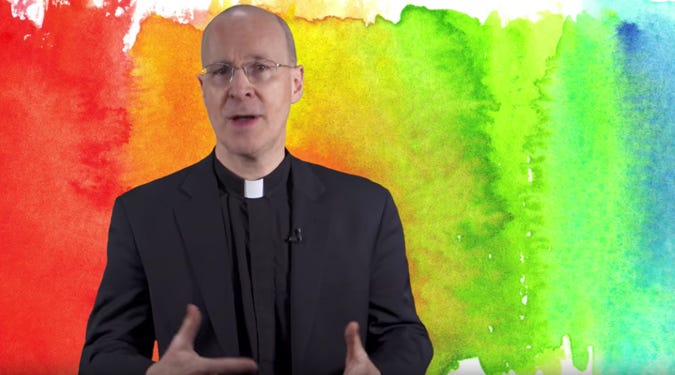

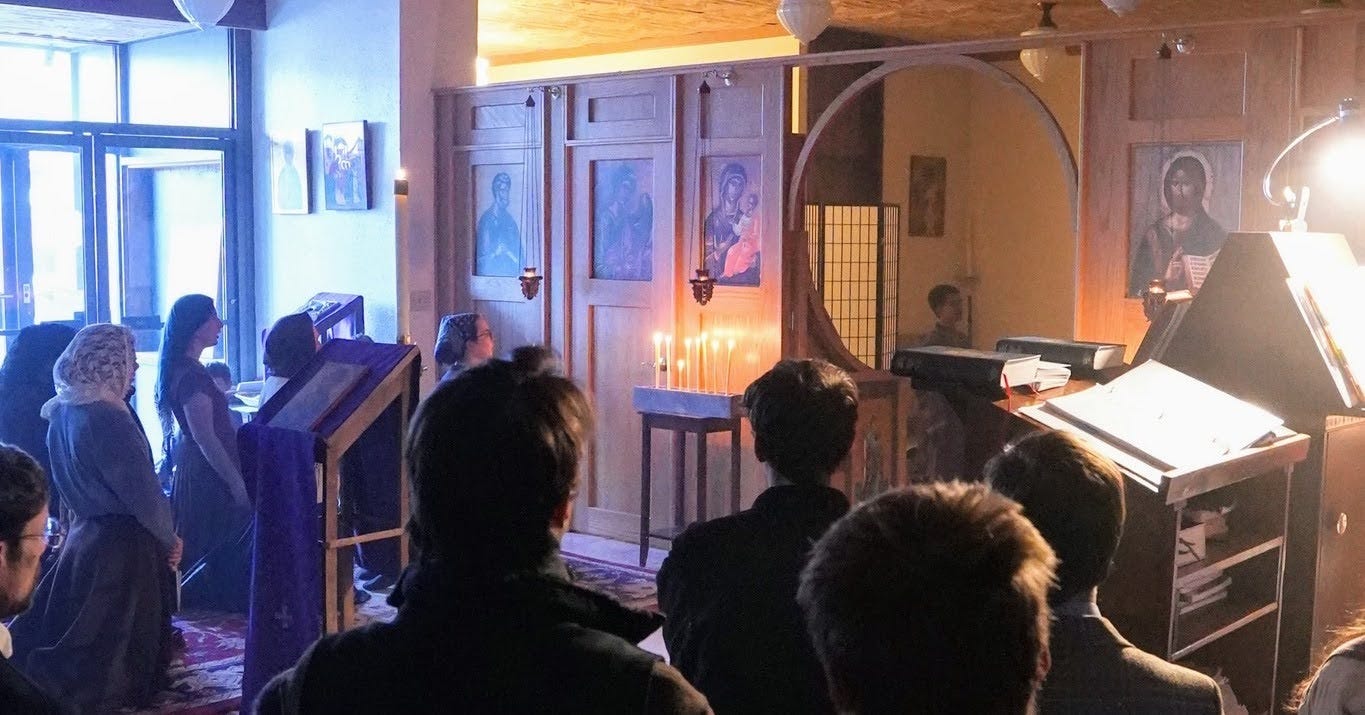
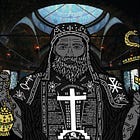
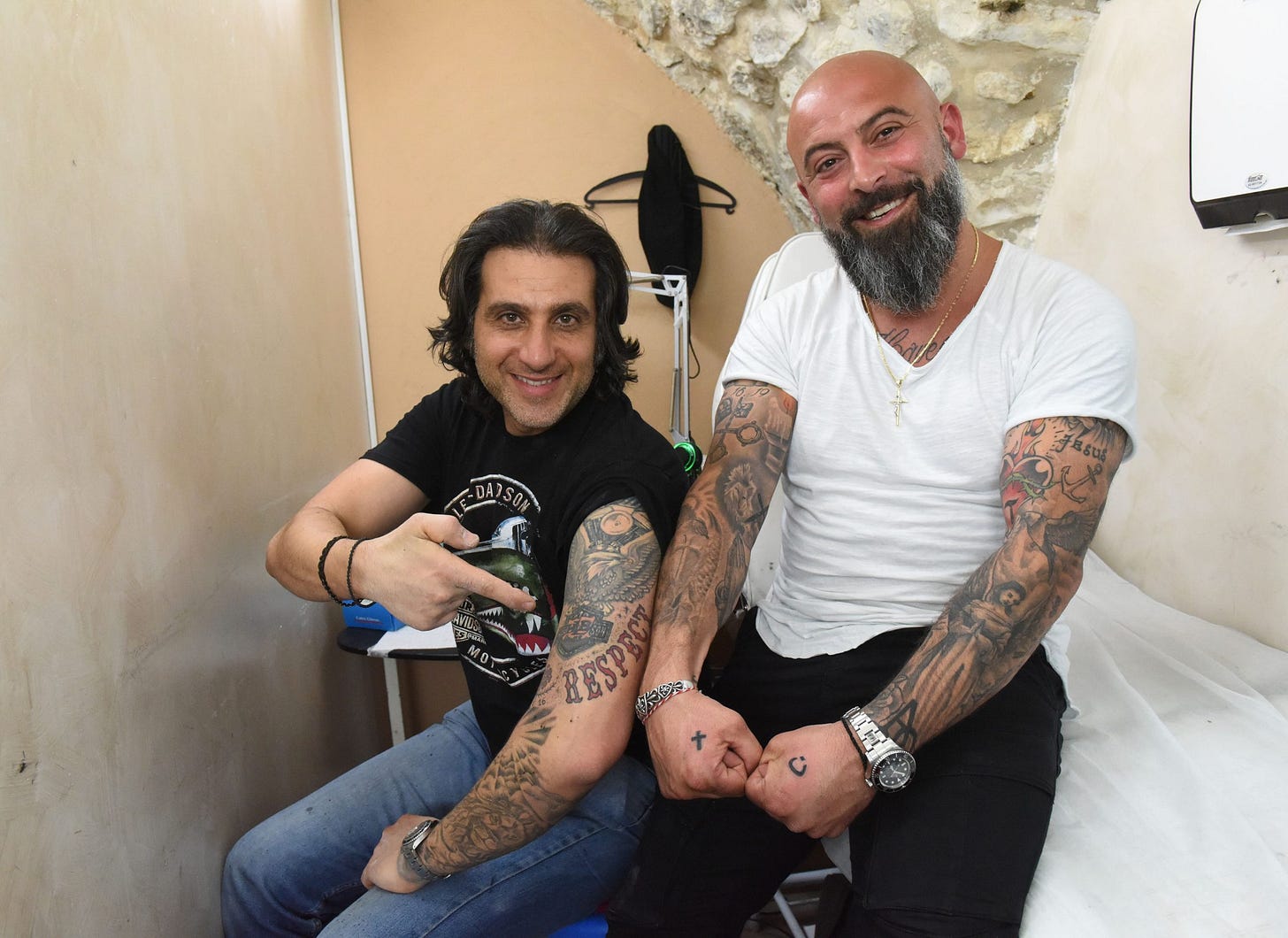
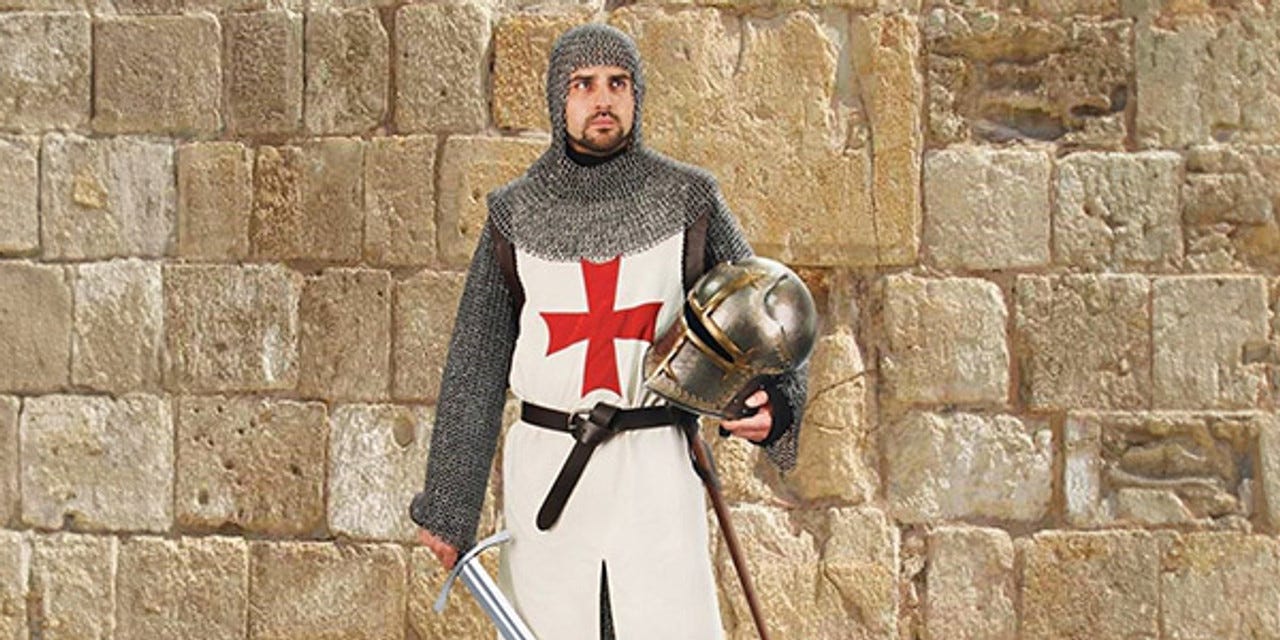



Thanks Everett for the shout-out and the hilarious article!
I’m becoming a Crusade Enjoyer (later in life)